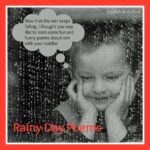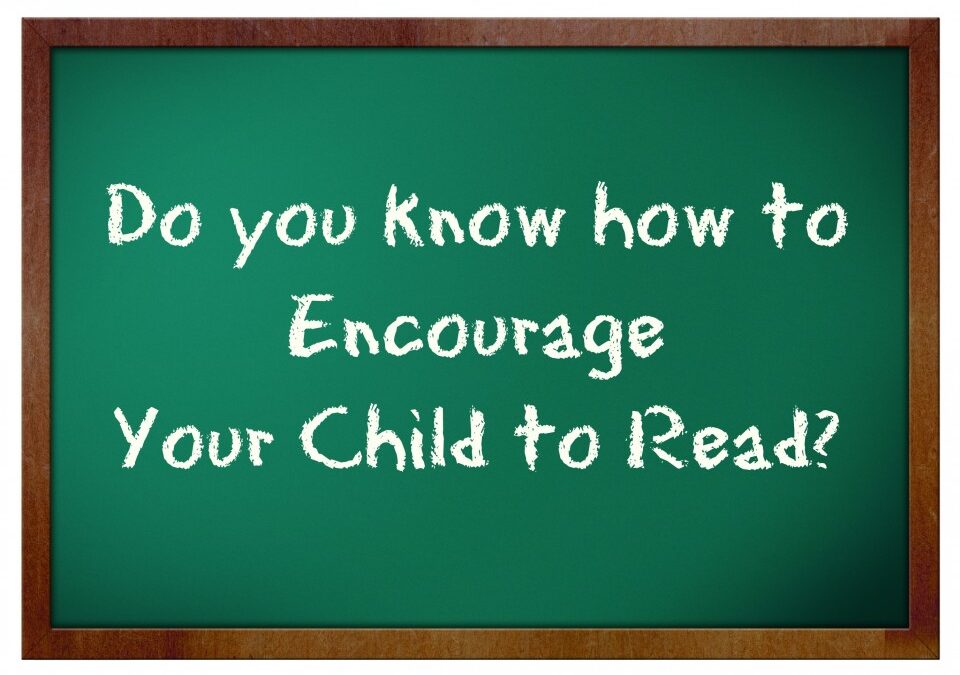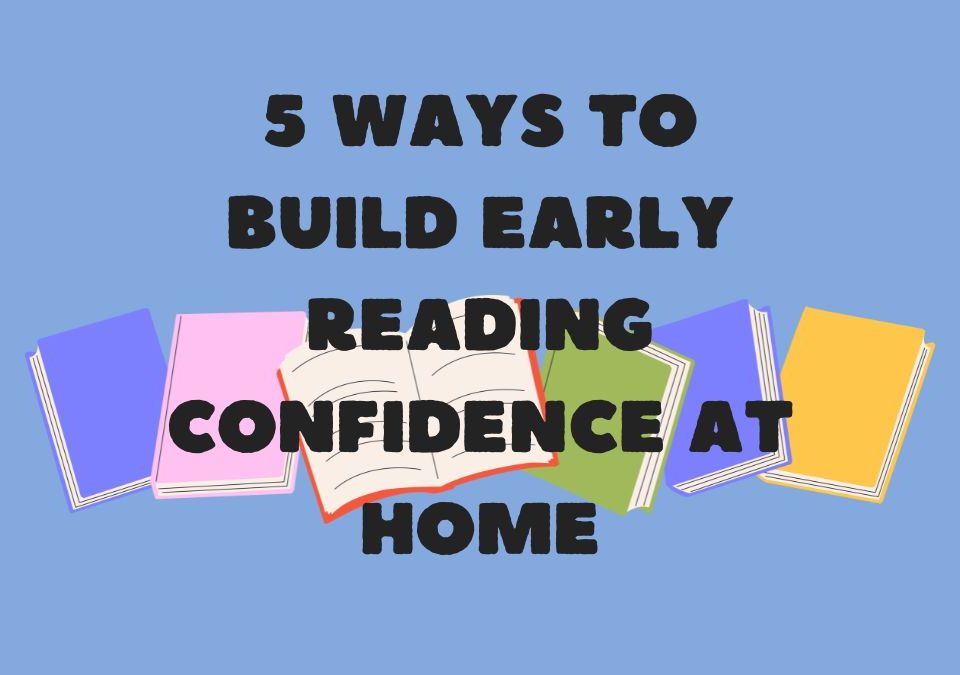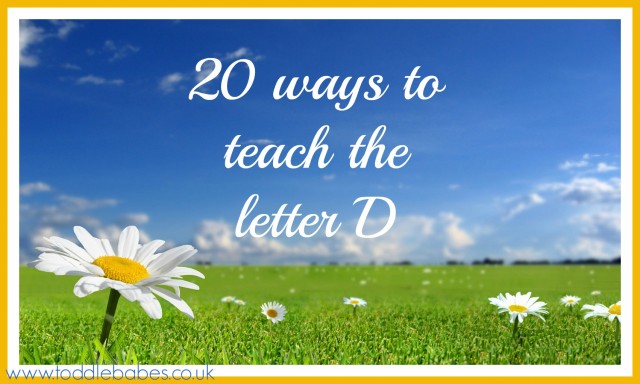
Rainy Day poems

8 Tips for Making Reading Fun for Children

Little children love books… so take advantage of their natural interest and get them into the habit of reading . Here’s a quick guide to getting them started.
Encouraging Your Toddler
- Read a variety of books to your toddler. Toddlers enjoy books about animals, the alphabet, and children their age. Rhyming books are also popular with children this age.
- Let the toddler choose which book he wants you to read.Keep in mind that not every book a child becomes interested in will be a favourite of yours. Even if the book doesn’t seem very interesting to you, your toddler may enjoy hearing the story over and over again.
- Talk to your toddler as you read a book. While you and your toddler read together, try labeling objects on a page, talking about the pictures, or taking turns telling the story. As you read, remember to stop every now and then and give your toddler time to focus on pages that are interesting to her. These interactions will also provide you with a window into your child’s interests, fears, and wishes.
- As you read, take your cues from your toddler. It is OK if your toddler only wants to talk about the pictures or skip pages of the book. To make stories more interesting, you may want to change words or substitute the name of your child for one of the characters. What is most important is that you and your toddler have fun as you explore the world of books together. Allow the toddler to explore the book. If the toddler wants to turn the pages on his own, keep in mind that you don’t have to read every page in its exact order.
- Build reading into everyday routines. Whether it’s at naptime or after dinner as a family, incorporating reading into daily events firmly establishes reading as a part of your toddler’s life. An important part of reading together is the physical closeness between adult and child. Toddlers love to be read to on a loving adult’s lap or tucked into their bed with their parent right beside them. Make reading a part of the bedtime ritual. Have a special collection of bedtime books for the toddler to choose from.
- Enjoy alphabet books together to introduce letters. Keep in mind that the emphasis in reading alphabet books is not to “teach” the alphabet. Start by choosing books about things your toddler is interested in and books with engaging pictures. Reading these books together will provide you and your child with an opportunity to talk about the letters, their shapes, and familiar things associated with the letter, such as “B is for Bear.” In talking about the letters, their shapes and sounds, your child will begin to learn about how letters and sounds go together.
- Draw your toddler’s attention to the printed words and letters he sees while doing everyday things. Simply through exposure to print, older toddlers may begin to recognize very familiar signs, labels, and names. As you bring your car to a halt at a stop sign, point and say, “Look, it’s a stop sign. I have to stop. The sign says STOP!” Pretty soon, your child will recognize the sign and tell you to stop. Pointing out signs and other ways writing is used in the environment will help your child begin to develop an understanding of the uses of print and build a foundation for reading. Make use of colour books during playtime. Say the name of each colour, show the toddler the picture of the colour, and have her find a toy or block that is the same colour. This can also be done with books on shapes.
- Use different voices for each character. Change your pitch to capture the toddler’s attention.
- Don’t get upset with the toddler if she wants to play with her toys while you are reading. The important thing is that you are reading to her. In time, she will learn to sit and listen during story time

I am a preschool and primary school teacher and mum to 3 children. I have been involved in education since 1997 and have trained in a variety of educational specialist areas. It is with this expertise that I write articles to help parents and educators provide quality learning experiences for the children in their care.




